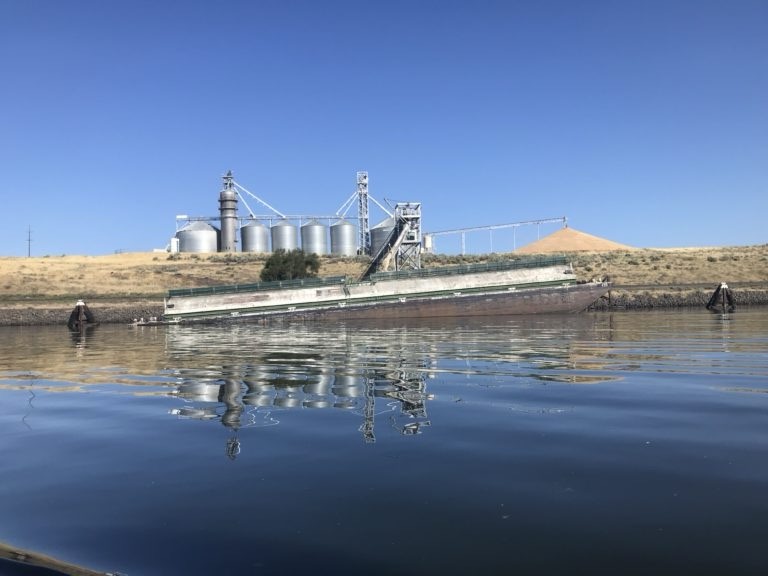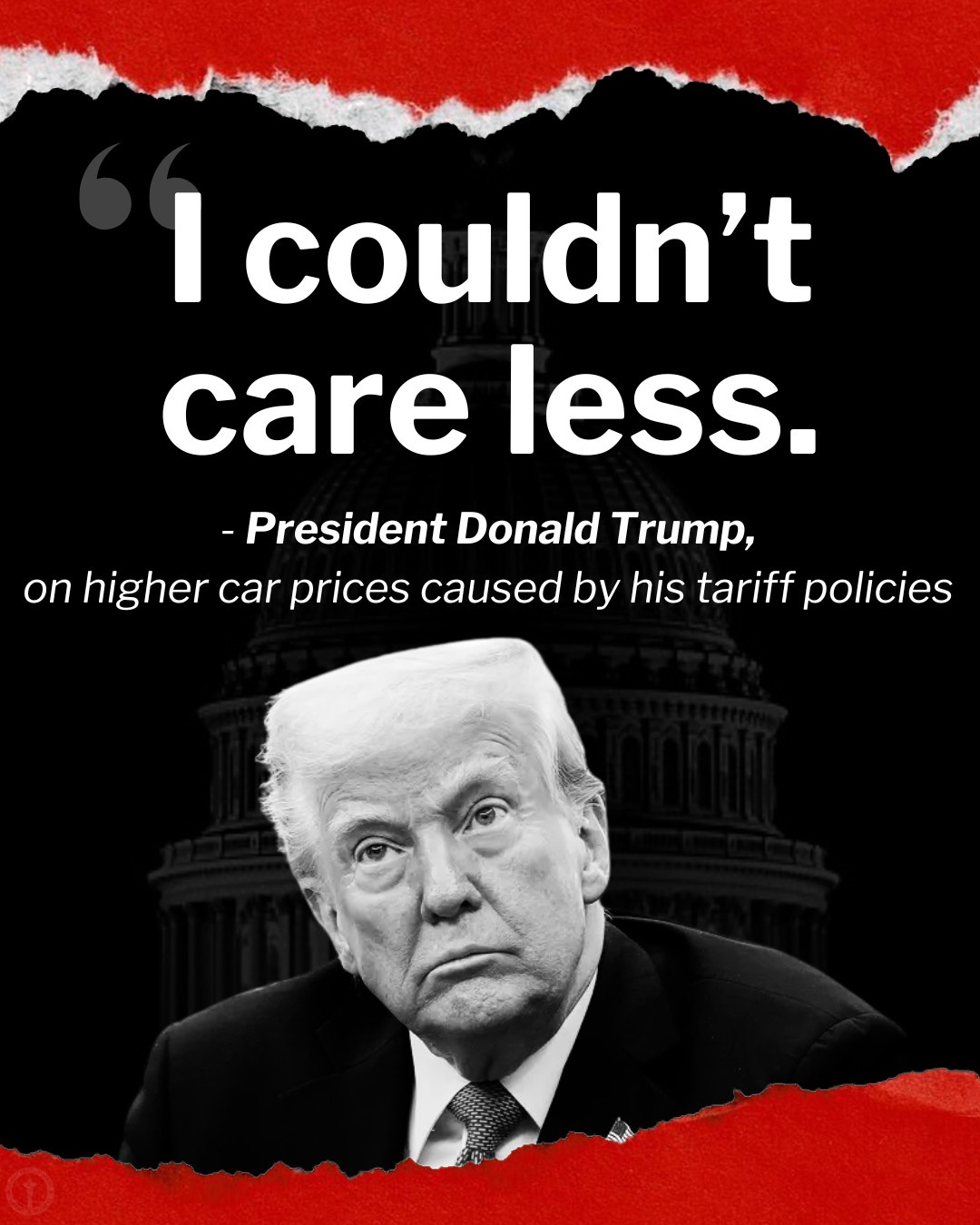Farmers in the Pacific Northwest (PNW) have long relied on international markets to sustain their wheat production, with a significant portion of soft white wheat heading to Asia, particularly China. However, recent tariff threats from former President Donald Trump, with a 20% tariff on Chinese imports set to begin on March 4, 2025, have raised concerns about potential trade disruptions that could significantly impact the region’s wheat industry. If China retaliates as expected, PNW farmers may face declining prices, lost markets, and increased uncertainty in an already challenging agricultural economy.
Trump’s tariffs have already prompted China to announce its retaliatory measures, which include additional tariffs on U.S. goods. China is expected to implement tariffs of 10 to 25% on various U.S. agricultural products, including wheat. This move will likely target soft white wheat from the PNW, which is a staple in China’s food industry for making noodles, pastries, and flatbreads. As China is one of the region’s largest buyers, any disruption in trade could cause significant financial losses for farmers who depend heavily on this market.
Soft white wheat, the primary variety grown in Washington, Oregon, and Idaho, is highly sought after in Asia for use in noodles, pastries, and flatbreads. The PNW exports over 90% of its wheat, and China is a top customer. A sudden drop in Chinese demand would leave farmers scrambling to find alternative buyers. While countries like Japan, South Korea, and the Philippines are also major markets, they may not be able to absorb the surplus wheat that would otherwise have gone to China, leading to an oversupply that could drive down prices.
Market uncertainty is one of the biggest threats posed by trade disruptions. Farmers plan their crops months in advance, investing in seed, fertilizer, and labor with the expectation of stable demand. If tariffs disrupt exports, many wheat producers could find themselves stuck with excess grain and lower prices, making it difficult to cover their input costs. Given that wheat prices are already under pressure due to global supply fluctuations, losing a major buyer like China could push some farmers into financial distress.
Transportation and logistics could also be affected. The Columbia-Snake River system is a vital artery for PNW wheat, allowing it to move efficiently to export terminals in Portland, Seattle, and Tacoma. If shipments to China decline, exporters may have to reroute shipments or store excess wheat longer than usual. This could increase storage costs and delay cash flow for farmers who depend on timely sales to keep their operations running.
Beyond immediate price and market concerns, Trump’s tariff strategy creates long-term instability in global trade relationships. U.S. farmers have worked for decades to establish reliable trade with China, and each trade war weakens that trust. If China turns to alternative suppliers like Australia, Canada, or Russia to meet its wheat needs, it may not fully return to U.S. wheat even after tariffs are lifted. This could permanently shrink the market share for PNW wheat in one of its most important destinations.
While some policymakers argue that tariffs are a necessary tool to push China into fairer trade agreements, the burden often falls hardest on farmers. Unlike manufacturers that can pass costs to consumers, wheat growers operate in a global commodity market where prices are dictated by supply and demand. If China retaliates with tariffs or non-tariff barriers, such as tightening inspections or delaying shipments, PNW farmers will have little recourse other than to accept lower prices or seek government aid, which is not a sustainable long-term solution.
Some experts suggest that PNW wheat farmers should look to diversify their markets to reduce dependence on China. Expanding trade with countries in Southeast Asia, the Middle East, and Latin America could provide some cushion against the impact of tariffs. However, building new trade relationships takes time, and China remains a critical market that cannot be easily replaced. Farmers have limited influence over international trade policy, making them vulnerable to the political decisions of Washington, D.C.
With planting decisions for the next season approaching, PNW farmers are watching the trade situation closely. If tariffs escalate into another trade war, farmers will need to consider adjusting their strategies, whether by shifting to different crops, seeking domestic buyers, or lobbying for government assistance. Uncertainty makes planning difficult, and many growers worry that political battles over tariffs could leave them as collateral damage once again.
In the coming months, farmers, grain exporters, and policymakers will need to work together to navigate the potential fallout from these trade tensions. The Pacific Northwest has built a strong reputation as a reliable wheat supplier, but that reputation is only as strong as the access to global markets. If tariffs disrupt exports, the consequences will be felt across the region, from the fields of Eastern Washington to the ports of Oregon. Now more than ever, trade stability is crucial for the future of PNW wheat farming.





